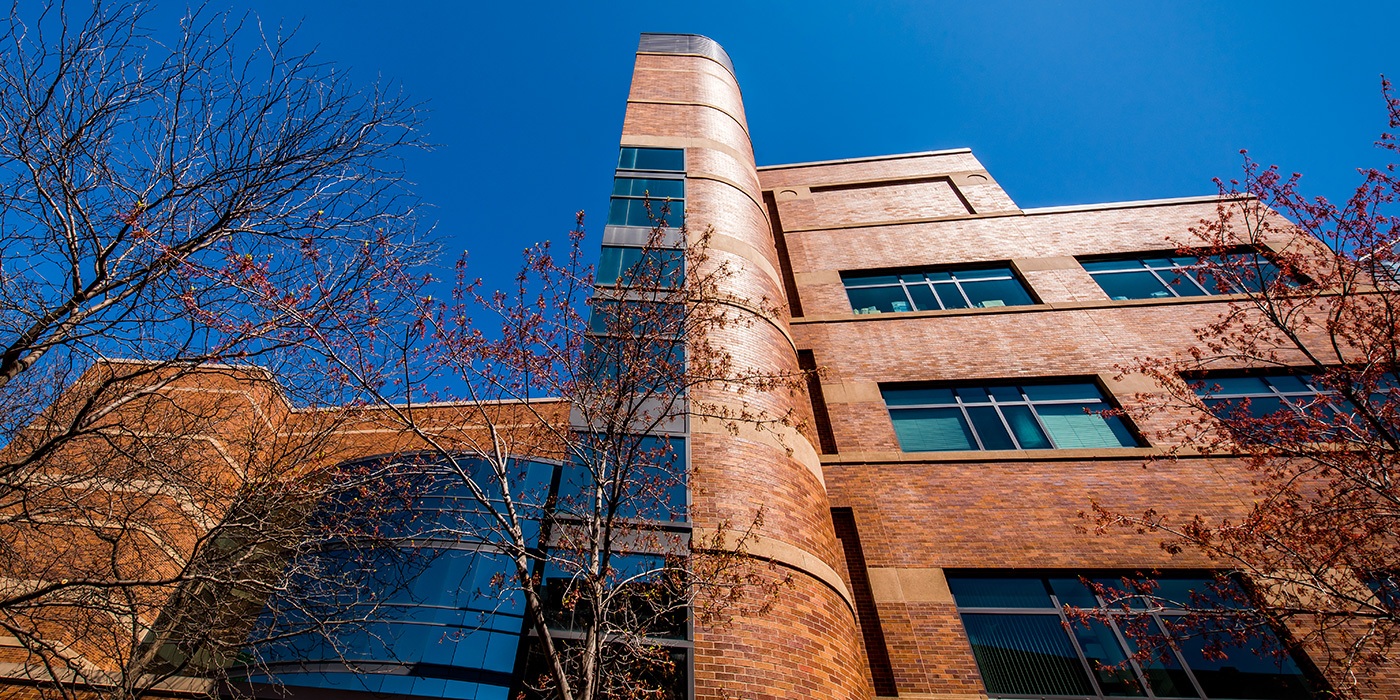In April 1993, the Ecology Building opened its doors. This state-of-the-art facility was designed to promote interactions among faculty and students and to provide the flexibility to accommodate changing research needs.

The Ecology Building's laboratories feature an open floor plan that allows faculty research groups to work in contiguous spaces where interactions are facilitated and the use of communal equipment is maximized. Comfortable offices for students and faculty are arranged in strategic clusters with hallway alcoves provided for small gatherings and meetings. In the words of one of the architects, "Collegiality was the keyword in the design of the common areas of the building. We wanted to create areas that would provoke creative thought through casual interaction between students and faculty".
The Ecology Building serves as the home of the Department of Ecology, Evolution and Behavior, and the curators of the Bell Museum of Natural History. Specialized facilities include plant and analytical laboratories with modular wet-lab design; abundant workrooms with computer network connections; rooftop greenhouses; animal observation rooms; and the research collection of the Bell Museum of Natural History, including specimens of birds, fish, and mammals. The building is strategically located on campus in close proximity to Entomology, Fisheries and Wildlife, Forest Resources, Plant Biology, Plant Pathology, and Veterinary Medicine.
The surrounding landscaping includes a rock fountain as a gathering place. Plantings feature the use of native plants and mirror the coniferous and deciduous woodlands and prairies of the state of Minnesota.
Artist Athena Tacha produced a visual work for the interior spaces of the building entitled "Ecorhythms." Her streams of images in etched granite display many images taken directly from research conducted in the Ecology Building. As one enters the building, one is at once introduced to the myriad of activities going on within, and perhaps gets some sense for the interwoven nature of studies of ecology, evolution, and behavior. Faculty and students agree: the Ecology Building is truly excellent habitat.